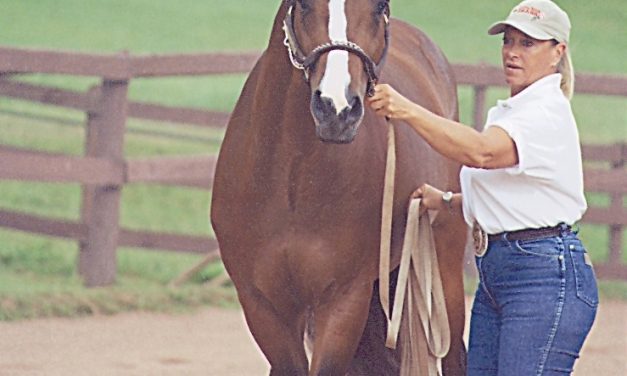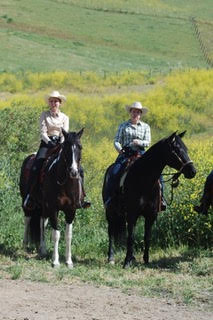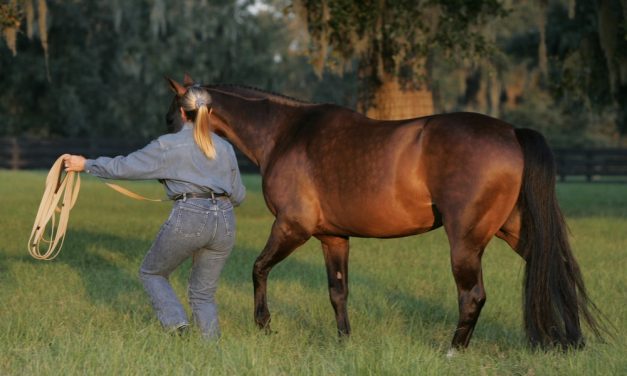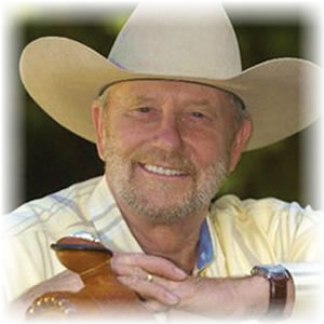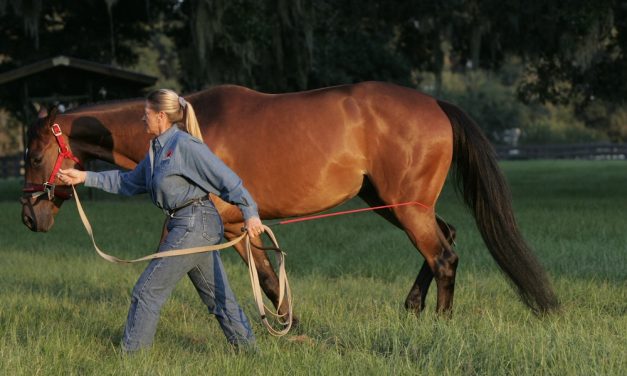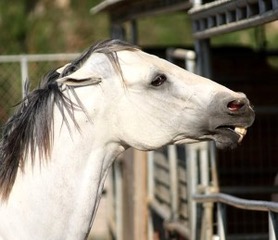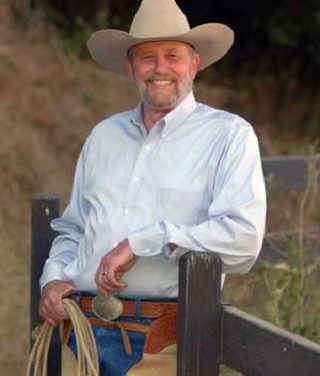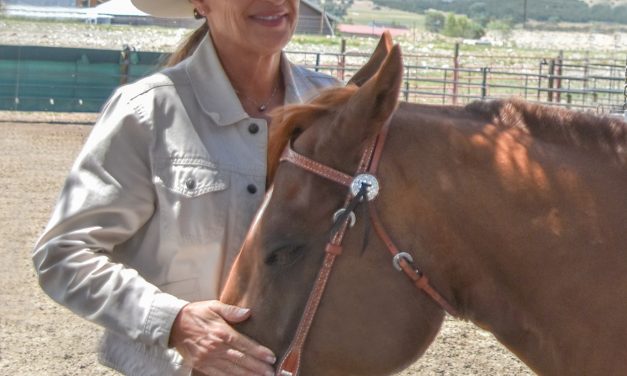The ‘Move Away from Me’ Command
Horses need to respect four major ground training commands: “move away from me,” “come
toward me,” stop, and back. In my last two articles, we covered the “come to me” and “whoa”
commands. In this article I will give you the steps to teach your horse the “move away from me”
command.
Before starting, make sure that your horse is properly equipped. He should be wearing a properly
fitting halter, with a longe line, and leg protection. I prefer using a longe line over a lead rope for
ground training, but will use both terms in these articles.

